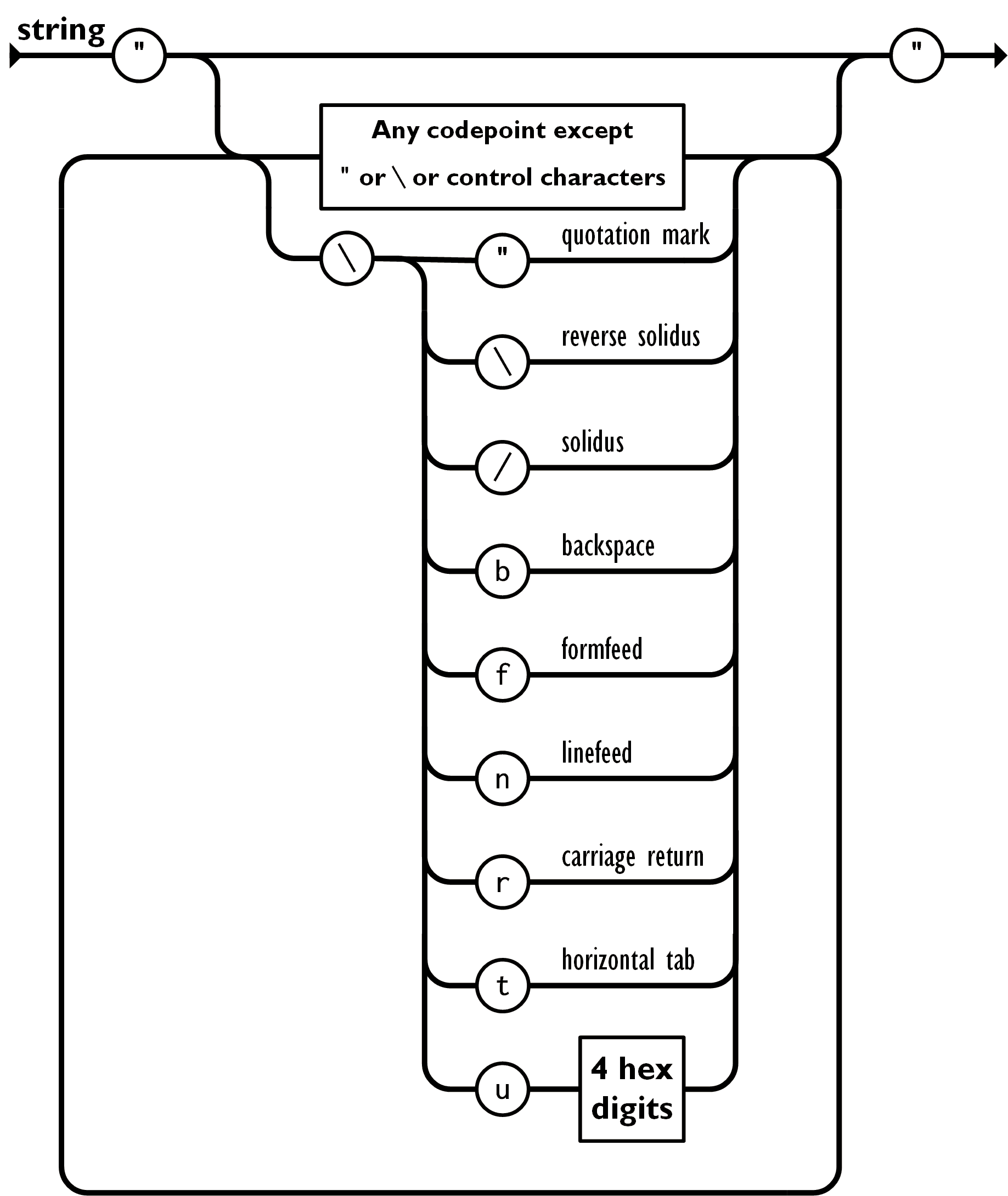

And I can't simply turn off Tracking (b/c authors It majorly slows things down, and I've never gotten a straight answer as to why this seemingly simple and obvious bug is still present in Word after so many years. Using shortcut keys, whole words at at time). When this problem crops up, the cursor starts acting like it's hit an immovable wall of hidden text when I hit delete or backspace, forcing me to use arrow keys or the mouse to do what should be a simple and fast keyboard operation (i.e., delete letters or, I found this line in a vimrc file distributed with Ubuntu where the behavior of the mac delete key (otherwise known as the backspace key) works as expected without any other configuration. The text looks like normal text in that situation (which is the ideal editing environment b/c you can simultaneously type away as if the doc were your own manuscript and also proofread the final look of your work as you go), it doesn't behave normally. :set backspaceindent,eol,start I’m not sure exactly what it does but it is listed as a possible solution here and here.

I'm an editor, so when I work on large manuscripts, I'm required to have Track Changes on so the authors can see what I've done, but I use "Final" view to keep the markup hidden for fear of going blind/cross-eyed from copious red highlighting:-). When Track Changes is on and highlighting is hidden. Then you handle the keyPressed () event for the backspace key and remove the last character from the buffer. Many of them such as sym_keyboard_return aren't referenced in android.R anyhow for some reason, so you certainly have to copy that particular one to your project.This is a problem that has driven me nuts for years, on multiple platforms and multiple versions of Word (currently on Word 2011 for Mac, but this applies to earlier iterations as well as to PC): the delete and backspace keys intermittently stop working If the character typed satisfies Character.isDefined (.) then you add the character to your a StringBuffer. png images for each desired resolution to your own project and reference those.įor what it's worth, there are various other very useful symbol images, such as a 'return' symbol (sym_keyboard_return.png, for example). Select No key if you don't want to press additional keys using this method. If you choose Characters, input what to type using plain text, a robotic process variable, or the expression editor. png drawables directly), but for production it is best to copy the. Options include Backspace, Characters, Delete, Down, End, Enter, Escape, Function, Home, Insert, Left, Page Down, Page Up, Right, Space, Tab, and Up. Therefore, try the above to see what the icon looks like (or have a browse inside the SDK folders mentioned above to see all the.

A great thing about the printf formatting syntax is that the format specifiers you can use are very similar if not identical between different languages, including C, C++, Java, Perl, PHP, Ruby, Scala, and others. I originally created this cheat sheet for my own purposes, and then thought I would share it here.
Backspace character for mac using java android#
Note: Google actually advise against referencing Android resources directly and advise making a local copy (see here). Summary: This page is a printf formatting cheat sheet. This gives you a button with the backspace symbol: You can actually see the standard Drawables available for various platforms by browsing your Android SDK directory: Sdk/platforms/android-XXX/data/res/ My approach is to use an ImageButton together with standard platform Drawables.


 0 kommentar(er)
0 kommentar(er)
